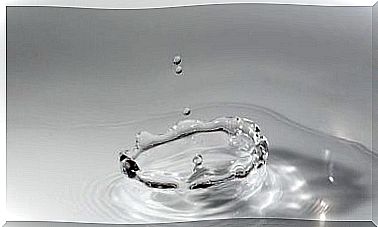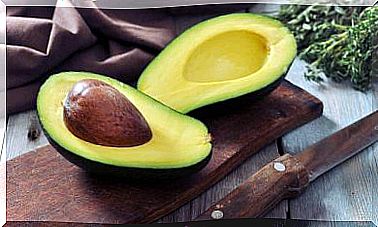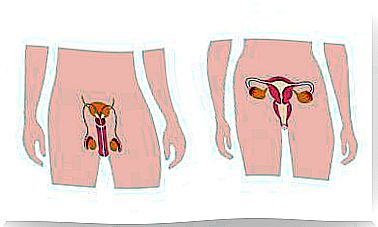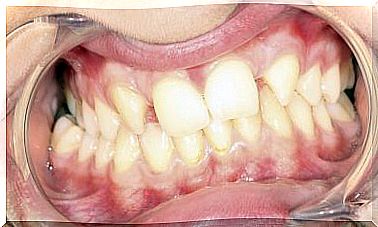NutriScore: The New Nutritional Labeling
NutriScore is a new nutrition labeling that rates foods based on their wholesomeness. Spain has already approved its implementation and it is thought that the system will be consolidated by the end of 2019.
The evolution of NutriScore until reaching Spain
The algorithm behind NutriScore was created in 2005 by a research team at the University of Oxford with the aim of regulating advertising aimed at children.
Later, in 2015, observing that its application in certain products gave results incompatible with the nutritional recommendations of public health, the Higher Council of Public Health of France established the criteria to achieve an algorithm that would give consistent results on any product.
The last modification was a few months ago and the “fault” is Spain. The NutriScore algorithm gave olive oil a negative score despite being a healthy product. Fortunately, France has considered the Spanish request and has removed olive oil from the list of products to be submitted to NutriScore.

How does NutriScore work?
The end result is a nutrition labeling system simplified that seeks to inform the consumer in a clear, simple and direct way.
The labeling is displayed on the front of each product identifying it with a color that ranges from green (healthier) to red (less healthy), going through three intermediate options. In addition, each color is associated with a letter (AE) to help the colorblind.
NutriScore: a good starting measure with limitations
A priori, the system is a very good option for, without having extensive nutritional knowledge, to select healthy foods. However, the system still has certain limitations that, if not taken into account, could lead us to choose unhealthy foods thinking that they are.
NutriScore only applies to foods with more than one ingredient
This is a wise move and does not mean that unlabeled foods are worse. Unlike. However, if it is not explained well, we could fall into the error of making the opposite reading: “if it does not have a label, it is worse than the rest”.
The application of the new nutritional labeling is voluntary
At the moment, the application of NutriScore is voluntary and each company has the freedom to put it or not in each of their products.
A priori, that a company has decided not to adhere to the system is neither good nor bad. However, one could fall into the error of thinking that the quality of their products is equal to that of those foods that do not contain a label because they should not contain it (fruit, vegetables, eggs …).
In this sense, Coca Cola, PepsiCo, Nestlé, Mars, Unilever and Mondelez, in 2017 rejected the application of the NutriScore and decided to create the Evolved Nutrition Label (ENL). It is a tricolor system that, after quantitative analysis, gives a score per serving and not per 100 grams. This means that their products, despite their poor nutritional composition, obtain good scores.
NutriScore does not penalize the presence of any sweetener
This circumstance means that a light soda , despite not being healthy, is in the same category as other products that are. The same goes for sweetened yogurts that score just as well as their natural counterparts.
It should be remembered that the presence of artificial sweeteners is detrimental to the intestinal microbiota, since it alters its composition and diversity. This is stated in an article published in the journal “Food and Chemical Toxicology”.
This reaffirms the idea that NutriScore is only useful for comparing different options from the same family (types of cereals), different products of the same brand (chocolate cereals from different brands) or different products that share the occasion of consumption (cereals, cookies , muffins, etc.).
Does not reward the presence of healthy fats
Despite the fact that monounsaturated fats have shown a powerful cardioprotective effect, and omega-3 a great anti-inflammatory effect, according to research published in the journal “Biochemical Society Transactions”. Their presence does not score positively in the formula.
NutriScore does not consider protein quality
We know that proteins add up and this is correct. However, it seems that its quality does not matter. NutriScore does not take into account its biological value (whether or not it has all the essential amino acids) or its digestibility (amount of protein available for use by the body).
The new nutrition labeling system could yield inconsistent results
In practice, it appears that NutriScore could give inconsistent results. This occurs by scoring positively certain cereals that, despite their huge amount of sugar, contain a high amount of fiber.
Its high fiber content makes the end result lean towards the green side of the scale when the reality is quite different. Again, it is clear that NutriScore does not allow any type of comparison.
A good starting measure that needs improvement
NutriScore is a good initial measure in favor of Public Health and its limitations are not so serious as to deny it. In fact, a study carried out in 2018, with 12,000 subjects from different countries, concluded that NutriScore was the best way to identify the healthiest option within the same category. Here are some recommendations for use:
- Real food, despite not containing a label, will always be the best option.
- Do not use the system to make any comparison, but to compare different options of the same product or family (different types of cereals or soft drinks, for example) or to compare different products attributable to the same occasion (sweets, snacks for a birthday party …).
- If you must choose between natural or sweetened, it is always better natural, whatever the label says.








